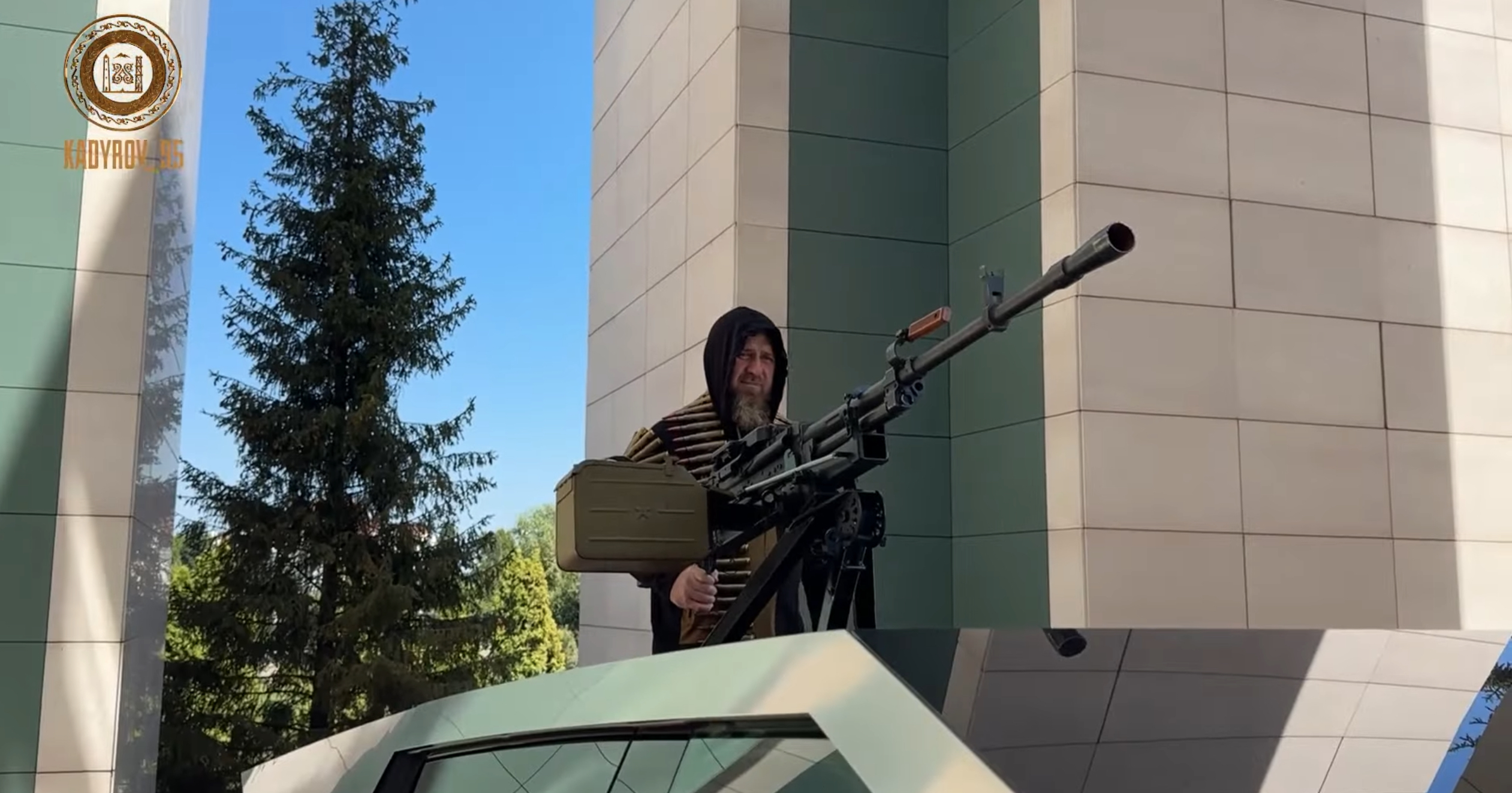Making and selling electric vehicles is a tough business.
Dow Jones Newswires via MarketWatch, Aug 31/Sept 1:
BYD’s shares were sharply lower after the Chinese electric-vehicle maker reported weaker than expected earnings as well as a narrower profit margin.
Its Hong Kong-listed shares fell 5.6% to 108.00 Hong Kong dollars early Monday, equivalent to $13.85, in early trade Monday, even while the benchmark Hang Seng Index rose 2.0%. BYD’s Shenzhen-listed shares were down 4.0%.
The losses came in the wake of the EV company’s first-half earnings report late Friday with both net profit and revenue in the second quarter missing market expectations.
The results added to concerns that it wouldn’t hit its full-year sales goal. Softening domestic demand in July coincided with Beijing’s campaign to reduce what it considered unhealthy price competition , making it difficult for Chinese automakers to entice buyers.
Already, margins have narrowed. The world’s top EV seller said its first-half gross margin slipped to 18.01% from 18.78%, weighed by its EV businesses....
....MUCH MORE
As noted exiting May 29's Whoa!—Chinese Electric Vehicles: "The Evergrande of the automotive industry already exists; it just hasn't collapsed yet.":
Our out-the-door comment on October 2024's "Chartology — Breakout or Breakdown: Tesla (deliveries reported tomorrow, robotaxi etc.) TSLA":
One quibble. The line "Tesla has relied on price cuts since late 2022..." reads like a bad thing but the fact of the matter is that the entire industry has been cutting prices and Tesla getting out in front of that reality has kept them competitive in the battery-electric-vehicle business.
As we've been saying for quite a while now, Mr. Musk saw something a couple years ago that led him to a) the price cuts and production efficiencies that are proving crucial to survival in not just EV's but in the wider automobile market as well. Volkswagen talking about possibly laying off 30,000 of their German employees was inconceivable five years ago. And b) whatever it was he saw also led to the emphasizing of things they been working on for a decade: robotaxis and AI and supercomputers and robots.
So, for patient reader, having read this far, here's my two cents worth:
Deliveries will be in-line this month and the next few months and the robotaxi unveil will be written up as a bust. The people who write the headlines hate Elon Musk and nothing he does will ever, ever change that. The financial question is: will the self-driving taxis be contributing to sales and earnings in two years?
Based on the fact that Waymo is now booking 100,000 rides per week I think the answer is yes but your mileage may vary. To repeat the comment on the April earnings call transcript:
Earlier in 2024:Personally I think Musk is going to pull it off, but that's just me—perhaps informed by posting on the company and its stock since before the June 2010 share flotation (which, adjusted for the 5:1 and 3:1 stock splits gives a $1.133 IPO price)—however, there are plenty of other opinions to choose from if one doesn't care for that one....
"Biden slaps tariffs on nonexistent Chinese EV imports"
*****
....And that is why Elon Musk was so focused on the cost-cutting that allowed the price-cutting that kept Tesla competitive for the last eighteen months.In January 2023 this bit of nonsense was making the rounds:
Tesla is about to experience the seven perils of discountingIt went in the same folder as 2015's:
Tesla's Battery: No Thanks
One more, also 2024:
"Tesla’s in China – It’s just a question of how long" (TSLA)
The writer appears to think Mr. Musk is a naïf or even a Candide, blissfully unaware that all may not be for the best in this best of all possible worlds.
Wrongo, Bucko. Musk has a minor depression, possibly akin to Churchill's “Black Dog” that leads him to catastrophize worst case scenarios without succumbing to the debilitating effects (learned helplessness, hopelessness, suicide) you'd look for in a victim of a major depression.
He would be a good risk manager. The ketamine probably helps.....
and the outro:
As Intel's Andy Grove famously said:
Mr. Musk has his blind spots but China sneaking up on Tesla probably isn't one of them. He knows that Western companies will eventually lose the battle for electric vehicle dominance and something that he saw sometime in the last couple years seems to have scared him into action on the fronts where Tesla has a competitive advantage: access to some truly brilliant people; artificial intelligence facilitated by a long history with Nvidia and autonomous vehicles.
So again, we wish him luck, and think he'll succeed but this stuff is serious business.
Again, we wish him luck.
Also August 2024'a "Robots: "Powered by Nvidia and AI, humanoid ambitions take shape" (NVDA; TSLA)":
Part of our pitch on Tesla over the last couple years is the supposition that Elon Musk is privy to information about the electric vehicle business that scared him....


